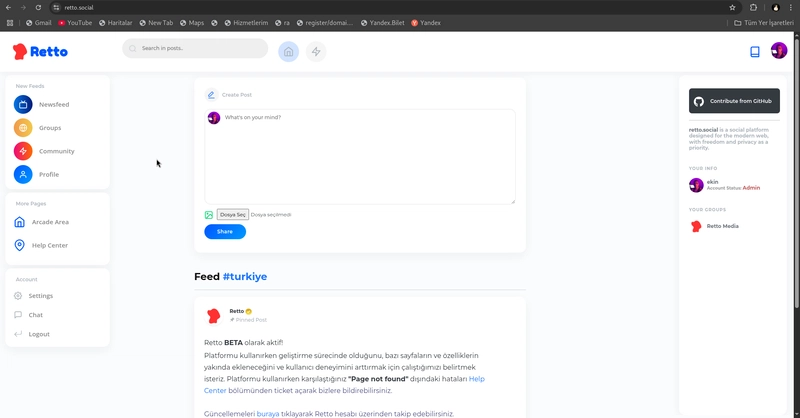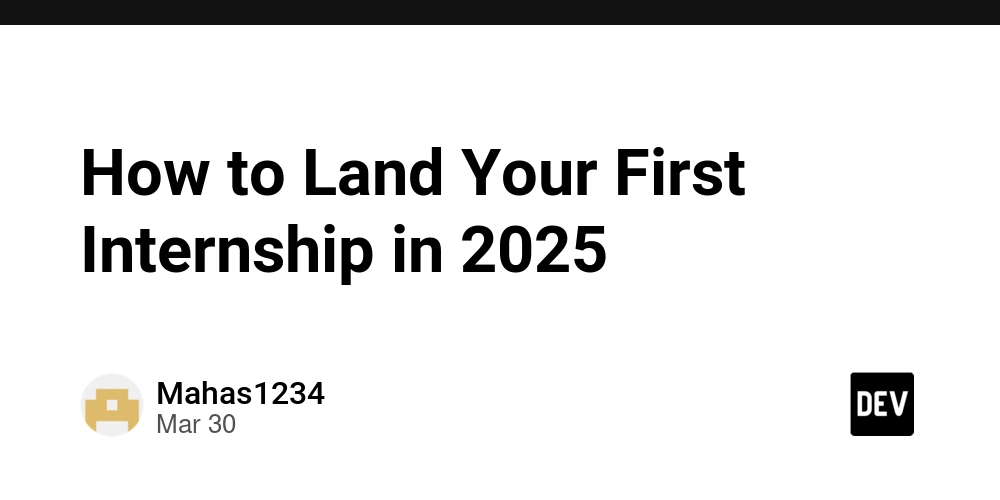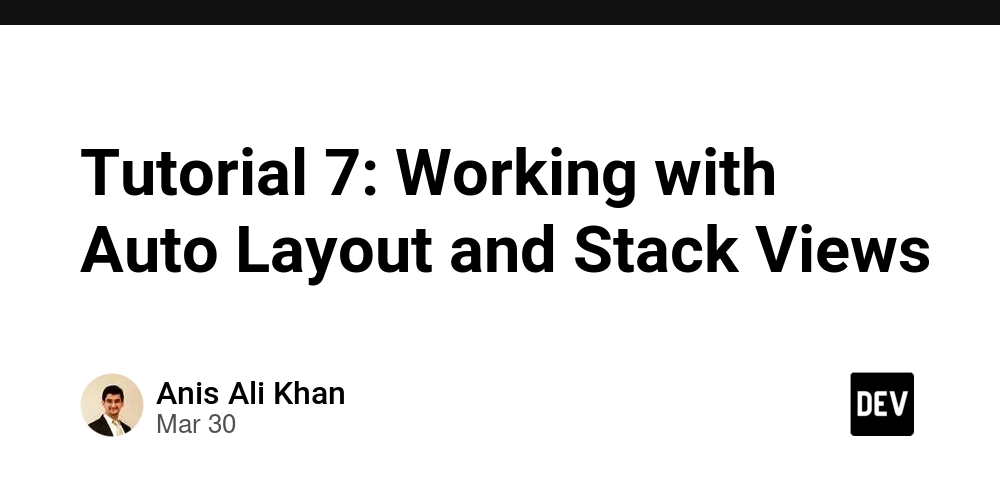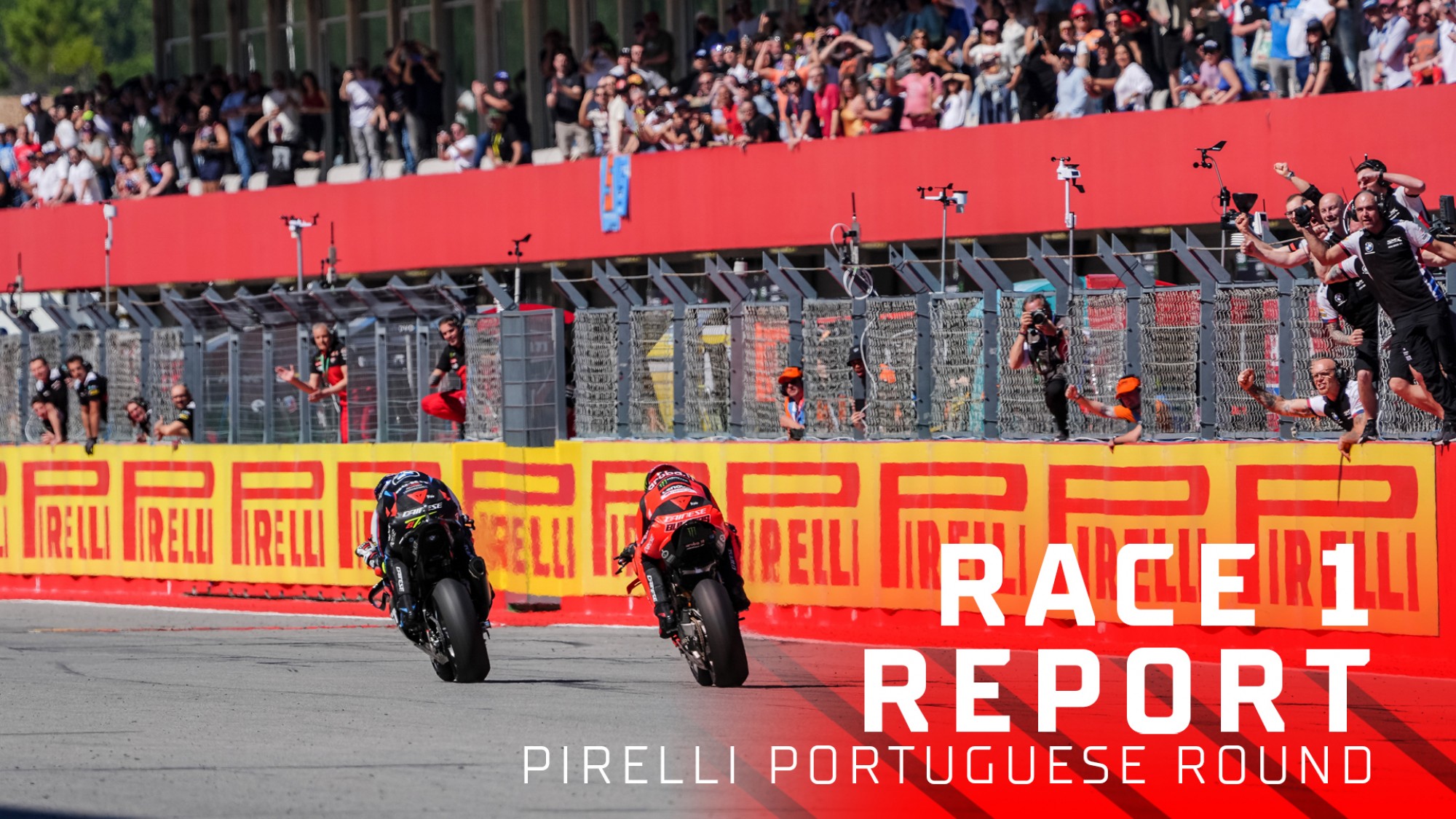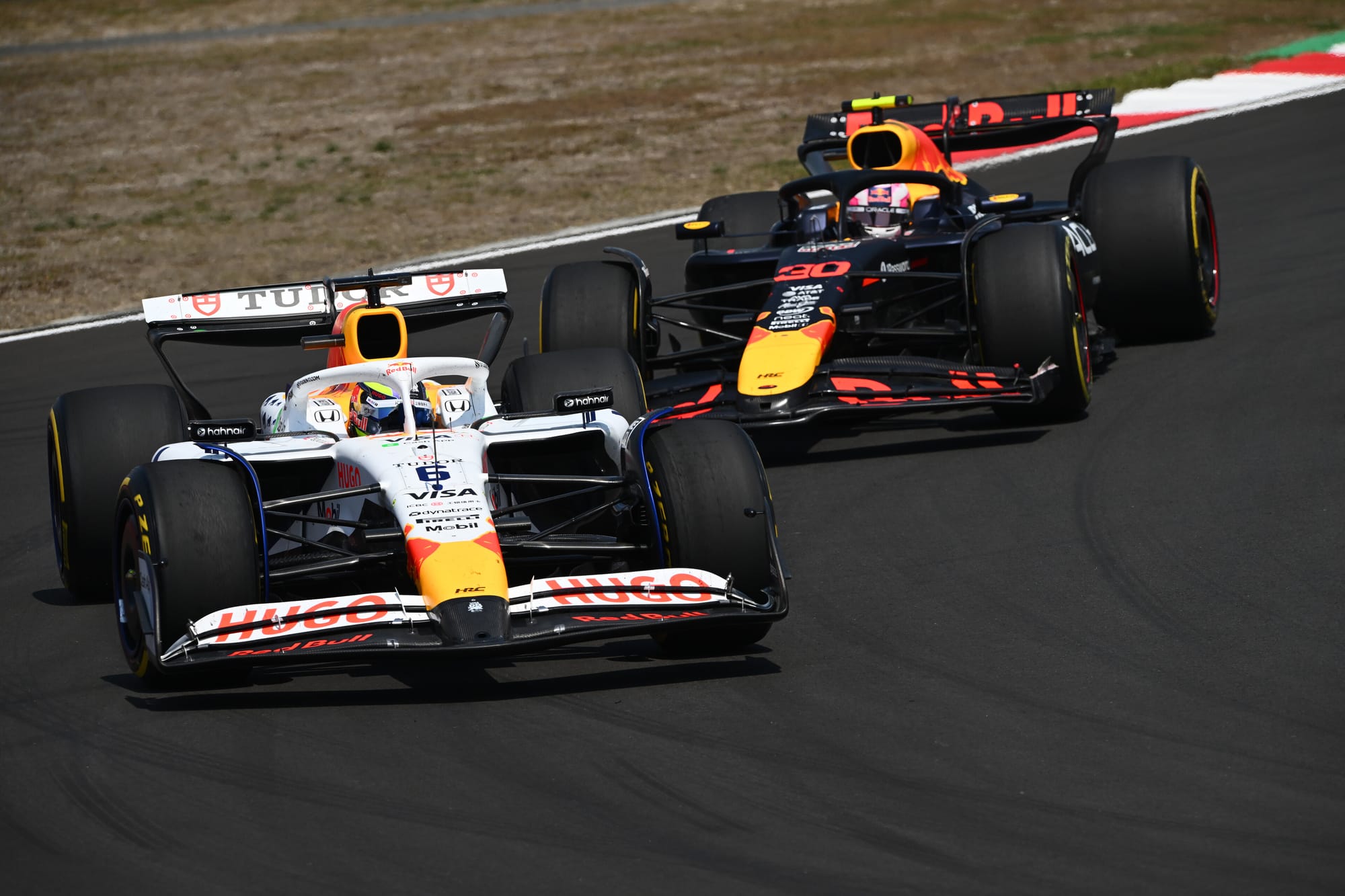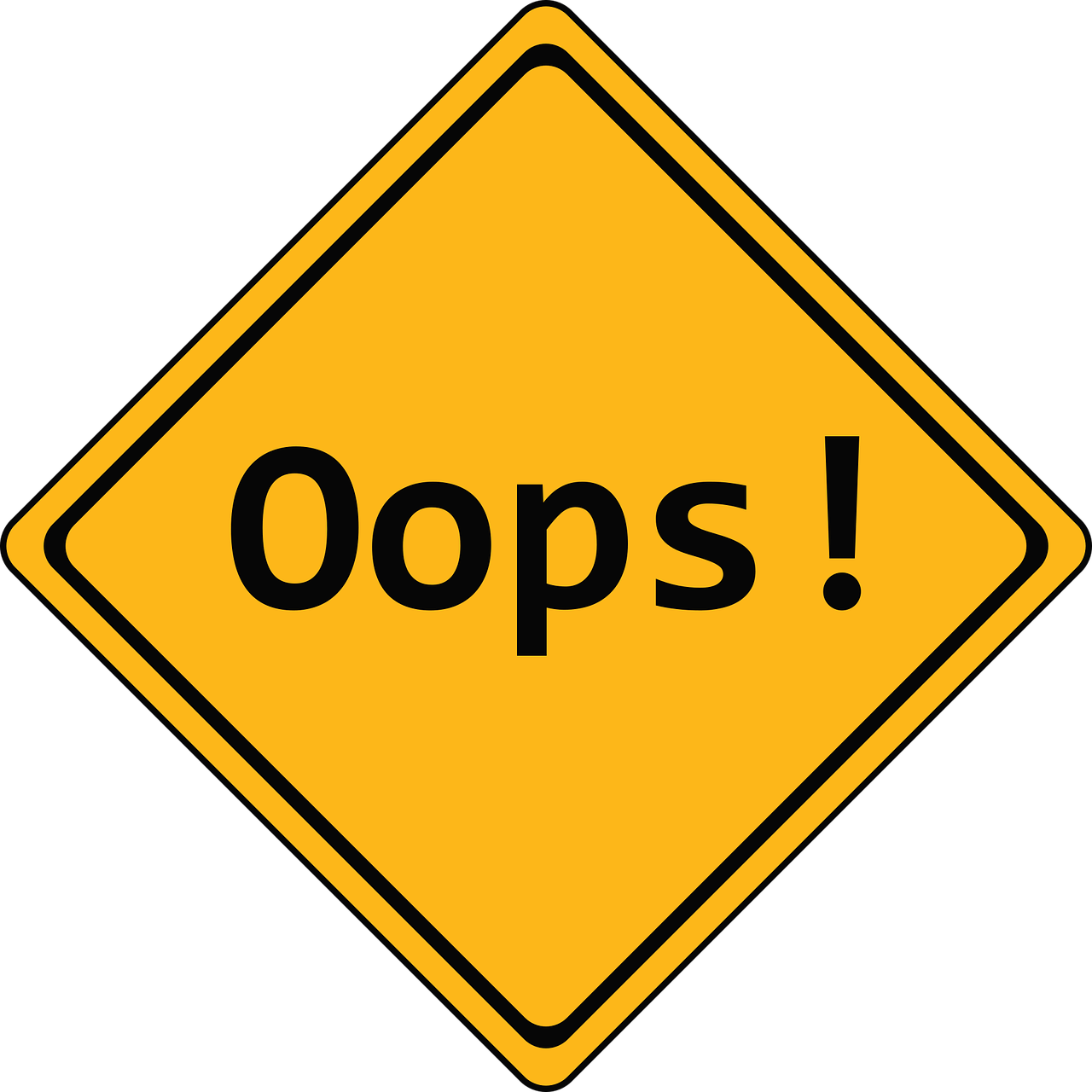Streamlining Event Planning: How Event Apps Simplify Every Step
Planning a successful event is no small feat. From managing guest lists and coordinating vendors to sending invitations and tracking RSVPs, event planning requires meticulous attention to detail and seamless communication. However, with the advent of event planning apps, the entire process has become significantly more manageable and efficient. These powerful tools are transforming how event organizers plan, execute, and analyze their events, ensuring that every aspect runs smoothly from start to finish. If you're considering using an event planning app but are unsure how it can improve your workflow, here's a step-by-step breakdown of how these apps simplify the event planning process. 1. Initial Planning and Concept Development Traditional Approach: Event planning typically begins with brainstorming and conceptualizing ideas, which often involves manual notetaking, spreadsheets, and scattered communication across emails and documents. With Event Apps: Event apps provide an all-in-one platform where organizers can brainstorm, create timelines, and develop a cohesive event strategy. Many apps include templates and task management features that guide planners through essential steps, ensuring that no critical details are overlooked. Collaborative features allow team members to share ideas, assign tasks, and monitor progress in real-time. This streamlines communication and promotes a more organized workflow from the start. 2. Budgeting and Resource Allocation Traditional Approach: Budgeting manually involves creating spreadsheets, tracking expenses, and adjusting figures through trial and error. Mismanagement of finances can lead to overspending or unexpected costs. With Event Apps: Event planning apps come equipped with budgeting tools that automate financial management. They allow organizers to set budgets, track expenses, and receive notifications when approaching limits. Many apps provide expense forecasting and generate reports to ensure financial transparency and control. This feature helps planners allocate resources effectively and avoid last-minute surprises. 3. Vendor and Venue Management Traditional Approach: Coordinating with vendors and securing venues often requires extensive back-and-forth communication, which can lead to miscommunication and missed deadlines. With Event Apps: Event apps simplify vendor and venue management by centralizing all relevant information. Planners can manage vendor contacts, negotiate contracts, and schedule services through the app. Built-in communication tools keep all correspondence organized, while reminders and deadlines ensure that key tasks are completed on time. Some apps even offer venue search and booking features, streamlining the venue selection process. 4. Guest List Management and Invitations Traditional Approach: Handling guest lists, sending invitations, and tracking RSVPs manually can be cumbersome and prone to errors. It’s challenging to keep track of responses and manage last-minute changes. With Event Apps: Event planning apps automate guest list management by allowing organizers to import contact lists, send digital invitations, and track RSVPs in real-time. Attendees can confirm their attendance with a single click, and any updates or changes are instantly reflected in the app. Advanced apps also support ticketing, seat assignments, and guest check-ins, ensuring a seamless registration process. 5. Event Promotion and Marketing Traditional Approach: Promoting an event often requires managing multiple platforms—email marketing, social media, and websites—leading to fragmented marketing efforts. With Event Apps: Event apps integrate marketing tools that streamline promotion across multiple channels. Organizers can create customized event websites, send email campaigns, and manage social media promotions from a single platform. Many apps also offer analytics to measure the effectiveness of marketing efforts, helping planners refine their strategies and maximize event attendance. 6. Attendee Engagement and Communication Traditional Approach: Engaging attendees before, during, and after the event often involves manual surveys, printed programs, and inconsistent communication. With Event Apps: Event apps enhance attendee engagement through interactive features such as live polls, Q&A sessions, gamification, and personalized content. Push notifications keep attendees informed about important updates, while discussion forums and chat features enable real-time interaction. Post-event surveys and feedback forms can be easily distributed through the app, allowing organizers to gather valuable insights. 7. Event Day Coordination and Execution Traditional Approach: On event day, managing schedules, coordinating staff, and addressing last-minute changes can be chaotic and stressful. With Event Apps: Event apps act as a digital command center on the day of the event. Org
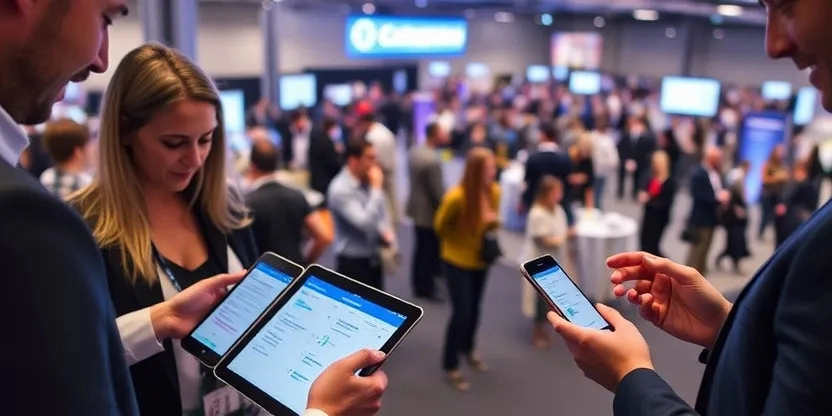
Planning a successful event is no small feat. From managing guest lists and coordinating vendors to sending invitations and tracking RSVPs, event planning requires meticulous attention to detail and seamless communication. However, with the advent of event planning apps, the entire process has become significantly more manageable and efficient. These powerful tools are transforming how event organizers plan, execute, and analyze their events, ensuring that every aspect runs smoothly from start to finish.
If you're considering using an event planning app but are unsure how it can improve your workflow, here's a step-by-step breakdown of how these apps simplify the event planning process.
1. Initial Planning and Concept Development
Traditional Approach:
Event planning typically begins with brainstorming and conceptualizing ideas, which often involves manual notetaking, spreadsheets, and scattered communication across emails and documents.
With Event Apps:
Event apps provide an all-in-one platform where organizers can brainstorm, create timelines, and develop a cohesive event strategy. Many apps include templates and task management features that guide planners through essential steps, ensuring that no critical details are overlooked.
Collaborative features allow team members to share ideas, assign tasks, and monitor progress in real-time. This streamlines communication and promotes a more organized workflow from the start.
2. Budgeting and Resource Allocation
Traditional Approach:
Budgeting manually involves creating spreadsheets, tracking expenses, and adjusting figures through trial and error. Mismanagement of finances can lead to overspending or unexpected costs.
With Event Apps:
Event planning apps come equipped with budgeting tools that automate financial management. They allow organizers to set budgets, track expenses, and receive notifications when approaching limits. Many apps provide expense forecasting and generate reports to ensure financial transparency and control. This feature helps planners allocate resources effectively and avoid last-minute surprises.
3. Vendor and Venue Management
Traditional Approach:
Coordinating with vendors and securing venues often requires extensive back-and-forth communication, which can lead to miscommunication and missed deadlines.
With Event Apps:
Event apps simplify vendor and venue management by centralizing all relevant information. Planners can manage vendor contacts, negotiate contracts, and schedule services through the app. Built-in communication tools keep all correspondence organized, while reminders and deadlines ensure that key tasks are completed on time. Some apps even offer venue search and booking features, streamlining the venue selection process.
4. Guest List Management and Invitations
Traditional Approach:
Handling guest lists, sending invitations, and tracking RSVPs manually can be cumbersome and prone to errors. It’s challenging to keep track of responses and manage last-minute changes.
With Event Apps:
Event planning apps automate guest list management by allowing organizers to import contact lists, send digital invitations, and track RSVPs in real-time. Attendees can confirm their attendance with a single click, and any updates or changes are instantly reflected in the app. Advanced apps also support ticketing, seat assignments, and guest check-ins, ensuring a seamless registration process.
5. Event Promotion and Marketing
Traditional Approach:
Promoting an event often requires managing multiple platforms—email marketing, social media, and websites—leading to fragmented marketing efforts.
With Event Apps:
Event apps integrate marketing tools that streamline promotion across multiple channels. Organizers can create customized event websites, send email campaigns, and manage social media promotions from a single platform. Many apps also offer analytics to measure the effectiveness of marketing efforts, helping planners refine their strategies and maximize event attendance.
6. Attendee Engagement and Communication
Traditional Approach:
Engaging attendees before, during, and after the event often involves manual surveys, printed programs, and inconsistent communication.
With Event Apps:
Event apps enhance attendee engagement through interactive features such as live polls, Q&A sessions, gamification, and personalized content. Push notifications keep attendees informed about important updates, while discussion forums and chat features enable real-time interaction. Post-event surveys and feedback forms can be easily distributed through the app, allowing organizers to gather valuable insights.
7. Event Day Coordination and Execution
Traditional Approach:
On event day, managing schedules, coordinating staff, and addressing last-minute changes can be chaotic and stressful.
With Event Apps:
Event apps act as a digital command center on the day of the event. Organizers can monitor schedules, communicate with team members, and manage last-minute adjustments in real-time. Attendees benefit from easy access to event schedules, venue maps, and session details through the app, ensuring a smoother and more enjoyable experience.
8. Post-Event Analysis and Reporting
Traditional Approach:
Gathering feedback, analyzing event success, and generating reports manually is time-consuming and often incomplete.
With Event Apps:
Event apps provide comprehensive post-event analytics that offer insights into attendee engagement, session popularity, and overall satisfaction. Built-in survey tools allow organizers to collect feedback efficiently, while detailed reports help identify strengths and areas for improvement. These insights enable planners to enhance future events and demonstrate ROI to stakeholders.
9. Scalability and Flexibility
Traditional Approach:
Scaling an event manually becomes increasingly complex as the size and scope grow.
With Event Apps:
Event apps are built to scale, making it easier to manage multiple events, accommodate larger audiences, and customize features based on event requirements. Whether planning a small workshop or a large conference, event apps offer the flexibility to adapt and meet the evolving needs of organizers and attendees alike.
Conclusion
Event planning apps have revolutionized the way events are managed, offering streamlined solutions at every stage of the planning process. From conceptualization and budgeting to vendor management, attendee engagement, and post-event analysis, these apps provide the tools necessary to ensure a seamless and successful event.
By embracing the power of event planning apps, organizers can save time, reduce stress, and deliver exceptional experiences for attendees. Whether you're planning a corporate seminar, a wedding, or a large-scale conference, investing in an event planning app is the key to simplifying the entire process from start to finish.












